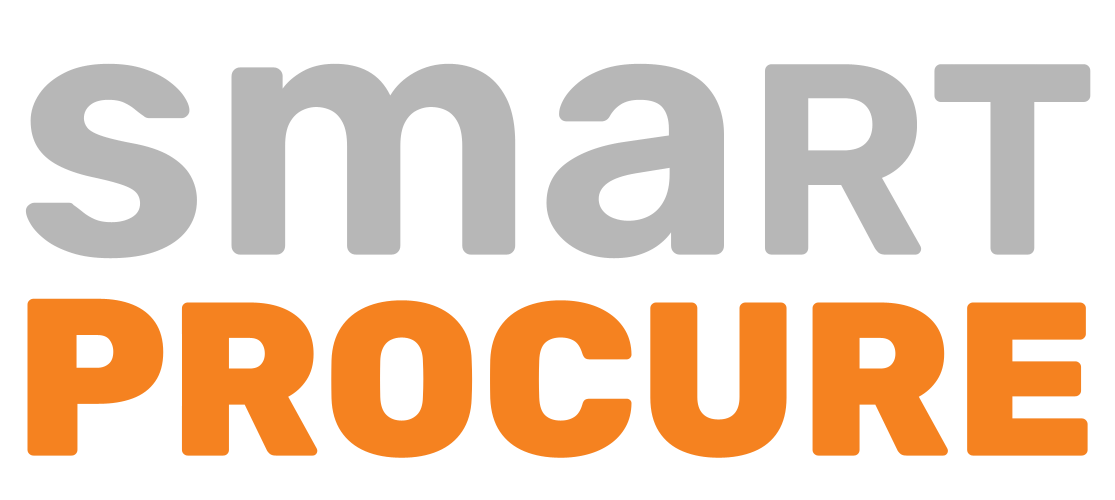Manufacturing optimization, robotic learning and control, big data analytics, consistent results, and a whole new industry world in Industry 4.0!
What is Industry 4.0? What are the key benefits?
We believe that everyone is aware of the mechanical era that began with the Industrial Revolution. Industrial areas were instrumental in making the construction and for developing automated systems.
Everyone who wants to improve production and workforce continues to embrace the innovations brought about by technology.
Electrical piping, the birth of mass production, the emergence of computers, and robots are all part of this atmosphere. After all, Industry 4.0 is where computing systems and automation come together. If you still have nothing in mind, robotically, with the help of artificial intelligence software, manufacturing systems are included that allow people to learn and apply robotics software themselves—with little input. These machines can also partially manage the control mechanisms themselves. These systems can be connected remotely.
Industry 4.0 is also known as the digitalization of industry. Many new digital processes, such as large data analytics, cloud computing and calculations of end-to-end information changes, are part of industry 4.0 and are closely approximated to the reality of the draft of manufacturing with simulation models, consistently engineers across all value and supply chains, a comprehensive data collection system, autonomous production, horizontal and vertical integration is in place. It is seen as the fourth revolution of industry.

But do Industry 4.0 have the gains? What are the key gains, if any?
Seen as the manufacturing vision of the future, this concept of course has many benefits at its core. If the match is reached quickly enough, the yield will give the best possible result. These can be:
-
You will be able to make simple decisions with the help of digital and robotic systems through cyber-physical systems
-
Establishing a comfortable connection and communication with people on the Internet (IoP) via Internet tools (IoT),
-
Create a copy of the real world with information transparency as well as the warning data you create to review the information,
-
Support systems can visualize to help people make decisions.
-
Quickly solve urgent problems,
-
Physically able to support people with tasks they don’t use (3D printers can become perfect production tools),
-
Discovering new energy sources and developing many methods (Magnetic and Gravitational Area Technology could be an example),
-
The unlimited supply of clean energy can be achieved with Industry 4.0,
-
With the advent of nanotechnology, many good health practices can be implemented (e.g., predicting possible problems, improving diseases, decaring for certain materials)
-
Discover completely new ways to service current needs,
-
Customer participation can be realized actively,
-
New consumer behavior patterns can be learned,
-
New technologies lead to an increase in product quality,
-
Reduce minimum levels of tolerance and ensure a smooth supply chain with suppliers.
Even though it is a change that has as many drawbacks as the pros, it must be remembered that every innovation and change brings with it the risk. Development and growth, and most importantly, survival requires harmony. Whether with baby steps or with a tortoise slowness, over time you can move into the position to capture technology...
Reliable, global, innovative and long-term
Discover DIGITA’s innovative technology and expert support today
If You Want Call First
